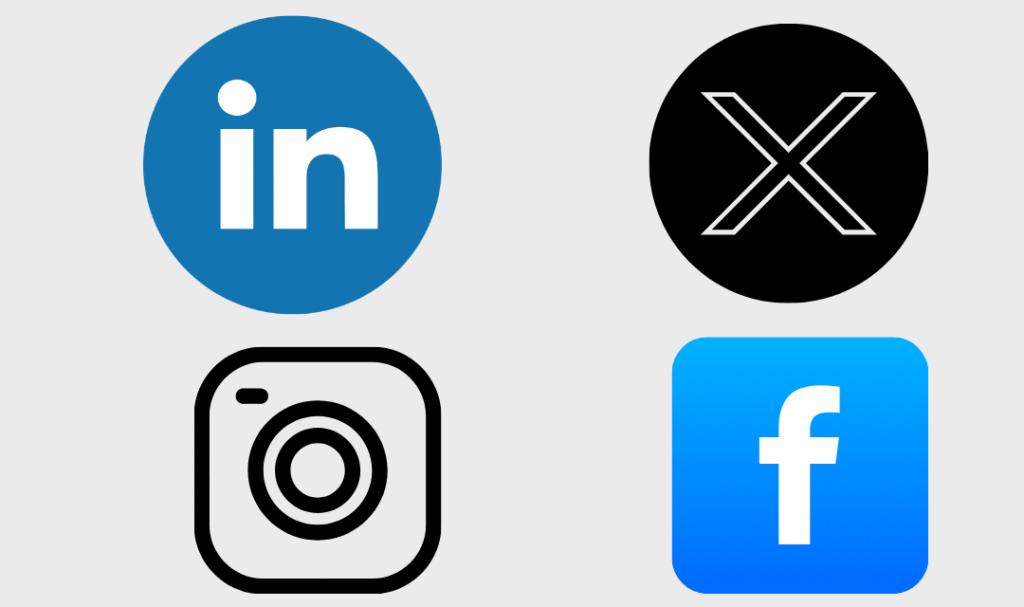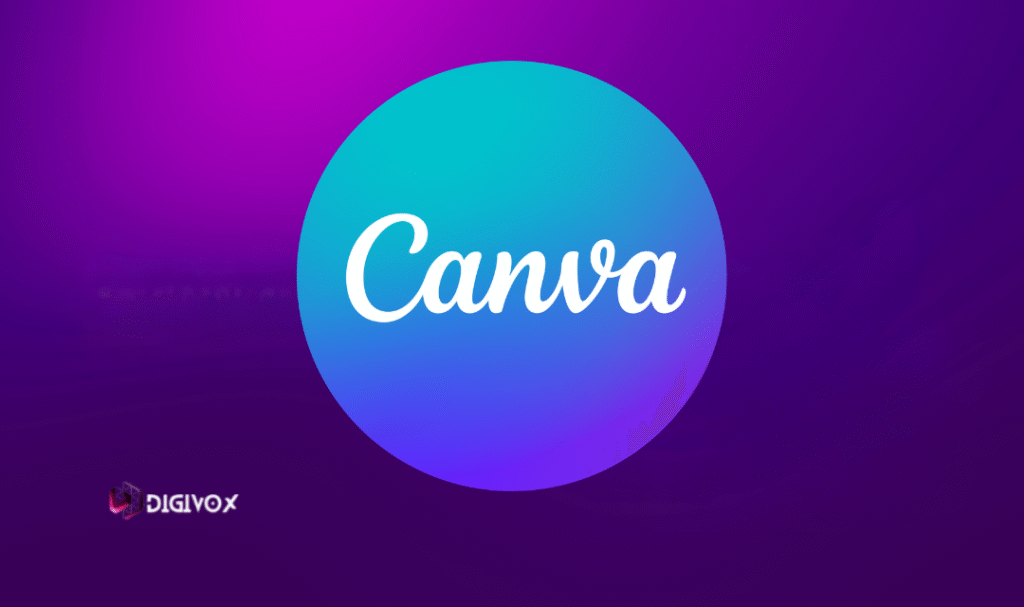
In 2025, managing social media without a strategy is like trying to juggle blindfolded. Between Instagram Reels, LinkedIn carousels, TikTok trends, and Pinterest Pins, showing up consistently—and meaningfully—on every platform can feel impossible. But here’s the thing: you don’t need to create brand-new content for every channel. You just need a smart, cross-platform content strategy that works with your schedule, not against it.
A well-planned system helps you repurpose content across social media, keep your messaging consistent, and connect with different audiences, without doubling your workload. The key is in how you structure, schedule, and tweak your posts for each platform’s unique style and algorithm.
We’ll show you exactly how to build a time-saving social media strategy that helps you get more visibility with less effort. From weekly content calendars to automation tools and platform-specific tips, you’ll learn how to simplify your process while growing your brand presence everywhere it matters.
Why Cross-Platform Content is a Must in 2025

Let’s face it—managing social media in 2025 is more demanding than ever. With Instagram Reels, TikTok videos, LinkedIn carousels, Pinterest Idea Pins, and YouTube Shorts all competing for your attention, it’s easy to burn out trying to stay active everywhere. That’s where a smart cross-platform content strategy changes the game.
According to Later’s 2025 Social Media Trends Report, brands that repurpose strategic content across multiple platforms see up to 200% more engagement than those who post in silos.
Instead of reinventing the wheel for each platform, successful brands are focusing on content systems that repurpose high-value pieces across channels. This not only saves time, but it also amplifies your message and keeps your brand consistent. The trick is knowing how to tailor each piece without starting from scratch.
Whether you’re a solo founder, a small marketing team, or a coach managing your brand, cross-platform efficiency lets you show up with impact, without being glued to your phone.
Smart Ways to Repurpose One Piece of Content
Repurposing doesn’t mean copy-paste. It means transforming content in a way that suits the format, tone, and audience of each platform.
Crafting titles or hooks that can flex across platforms is key—tools like CoSchedule’s Headline Studio help refine messaging so it grabs attention whether it’s on TikTok, LinkedIn, or YouTube Shorts.
Here’s how one idea can become a full content stack:
- 1 Instagram Carousel → Turns into a LinkedIn post (trimmed and more professional)
- 1 YouTube Short → Repurposed as a Reel, TikTok, and a Pinterest Idea Pin
- 1 blog post → Broken into 5–6 tweet threads, infographics, and a podcast episode
- 1 customer testimonial → Can be a quote graphic, IG Story, and LinkedIn case study
By starting with a “hero” content piece—like a blog, long video, or podcast—you give yourself a flexible foundation. Then it’s all about refitting it into smaller, native-style formats.
Looking for a time-tested approach to video content reuse? You can check out Video Content Strategies: Using Short-Form and Long-Form Videos to Maximize Engagement.
How to Build a Universal Weekly Content Calendar

To keep your strategy sustainable, map everything out using a unified weekly content calendar. It ensures that your content themes align across platforms and nothing slips through the cracks.
Your content calendar should include:
- Content pillar or theme (e.g. tips, personal story, promo)
- Primary post format (e.g. blog, video, carousel)
- Platform-specific adaptations (same concept, tweaked per channel)
- Call-to-action (comment, click, share, etc.)
- Owner or status (drafted, scheduled, published)
Here’s an example:
| Day | Core Topic | Primary Format | Platforms |
|---|---|---|---|
| Mon | Marketing Tip | Carousel | Instagram, LinkedIn |
| Wed | Behind-the-scenes | Short Video | TikTok, Reels, Pinterest Idea Pin |
| Fri | Blog Excerpt | Text Post | LinkedIn, Facebook, Email |
You can manage this in Notion, Airtable, or even Google Sheets. For full automation, explore tools like Metricool, Publer, or Buffer.
For a step-by-step setup guide, see our blog on Social Media Automation Using ChatGPT, Canva & Google Sheets.
Platform-Specific Adjustments That Make the Difference
Here’s the secret sauce: you don’t need different content for every platform, but you do need the right contextual tweaks. What works on Instagram might flop on LinkedIn if you don’t adapt your tone, format, or CTA.
Platform adaptation tips:
- Instagram → Short, punchy captions + strong visuals or reels
- LinkedIn → More narrative or insight-focused text + professional tone
- TikTok → Fast-paced video, casual language, storytelling or tutorials
- Pinterest → Infographics, static pins, Idea Pins for DIY or guides
- YouTube Shorts → Educational or entertaining hooks in under 60 seconds
Don’t forget platform culture. What goes viral on TikTok might feel cringey on LinkedIn. Respect the audience expectations while staying true to your brand voice.
Tools to Automate Posting Without Losing Quality

The real time-saver? Workflow automation. But that doesn’t mean handing everything off to robots. The best automation tools help you stay consistent, collaborative, and creative—without losing the human touch.
Recommended tools for 2025:
- Metricool – Great for scheduling and repurposing across all platforms
- Repurpose.io – Automatically converts podcasts and long videos into Shorts/Reels
- Canva Pro – Create brand-consistent visuals quickly
- ChatGPT + Google Sheets – Generate and organize batch content ideas efficiently
- Publer – Affordable all-in-one scheduler with AI caption tools
Pair these with a strategy, not just shortcuts. Content still needs editing, timing, and engagement—automation just frees up time to focus on those high-impact parts.
FAQs: Cross-Platform Strategy in 2025
Do I need to be on every social platform?
No—you should be on the platforms your audience uses. Focus on 2–3 that align with your goals, then expand as your workflow allows.
What’s the best format to start with?
Start with the content format you’re best at (writing, video, or audio) and turn it into multiple formats. This becomes your “hero” content for the week.
Can AI fully automate my strategy?
AI can help you write, design, and plan—but your strategy, tone, and engagement still need human input to stay authentic.
How far ahead should I plan content?
Most brands benefit from planning 2–4 weeks ahead while keeping room for trends or timely posts.
Conclusion: One Idea, Many Platforms—Maximum Impact
You don’t need more content ideas. You need better systems. A smart cross-platform content strategy lets you say more by doing less—amplifying your message across channels without spreading yourself thin.
In 2025, repurposing content is no longer optional—it’s a competitive edge. By building a workflow that transforms one strong idea into a week’s worth of posts (tailored for each platform), you create visibility, consistency, and momentum.
So streamline your process, automate the tedious stuff, and focus on what matters: delivering content that connects—everywhere your audience scrolls.

